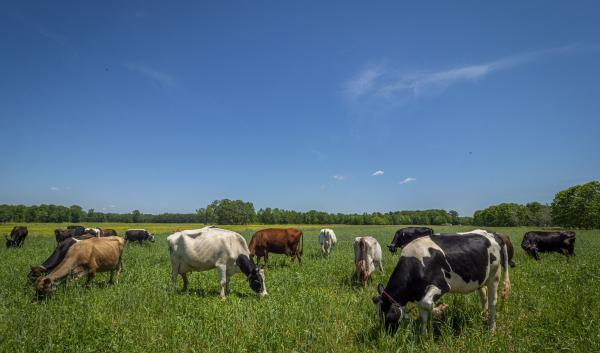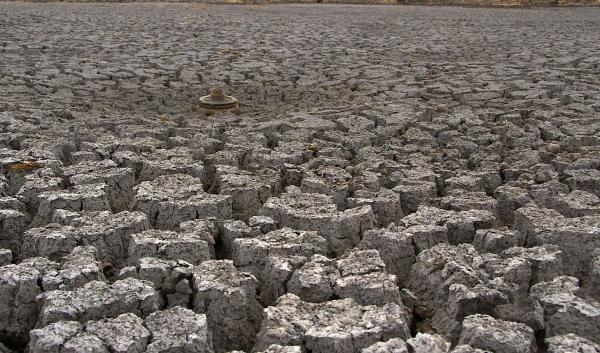Pasture
Pasturelands cover 121.1 million acres (6% of the U.S. surface area), predominantly in the eastern half of the U.S. While mostly used for livestock grazing and hay production, pastures also offer other ecosystem services, enhance environmental quality and provide scenic landscapes. Currently, most pastures are minimally managed and could benefit from improvements in stocking rates, grazing methods, seasonal use and fertilization. Optimizing pasture health and productivity today will build resilience to a changing climate. Factors affecting pasturelands under a changing climate include higher temperatures, changes in precipitation regimes, changes in the frequency and magnitude of extreme temperature and precipitation events, and greater exposure to weeds, pests and pathogens. Combined with rising temperatures and nitrogen deposition, elevated atmospheric CO2 may positively impact pasture productivity. However, rising temperatures may drive increased demand for irrigation in drier regions.
-
Southwestern Drought Seen in Pasture, Rangeland, and Forage Insurance Program
To help farmers cope with drought, programs like the Pasture, Rangeland, and Forage (PRF) insurance program managed by…
-
Managing Risk of Field and Equipment Fires in the Midwest
Explore resources for minimizing the risk of field and equipment fires during harvest.
-
Bolstering Extension-Climate Hub Partnerships in the Midwest
The U.S. Department of Agriculture has invested in new Cooperative Extension and USDA Climate Hubs partnerships to…
-
Virtual Fencing as a Climate Adaptation Strategy
Virtual fencing allows ranchers to move livestock without physical fences and could be an effective climate adaptation…
-
Rotational Grazing for Climate Resilience
Rotational grazing could help agricultural producers mitigate and adapt to the effects of climate change.
-
Dry Dry Dry Dry Dry Dry Dry Dry Dry
That’s the blog.
Not really, but it could be.
This is really starting to feel like a…
-
Grazing Lands in Idaho, Oregon, and Washington
A summary of grazing lands and the effects of climate change in Idaho, Oregon, and Washington.
-
Virtual Fencing: A Climate Adaptation Strategy
Virtual fencing allows ranchers to move livestock without physical fences and could be an effective climate adaptation…
-
Managing risk on the farm
Explore USDA programs that help producers manage risk to extreme weather and climate-driven events.










